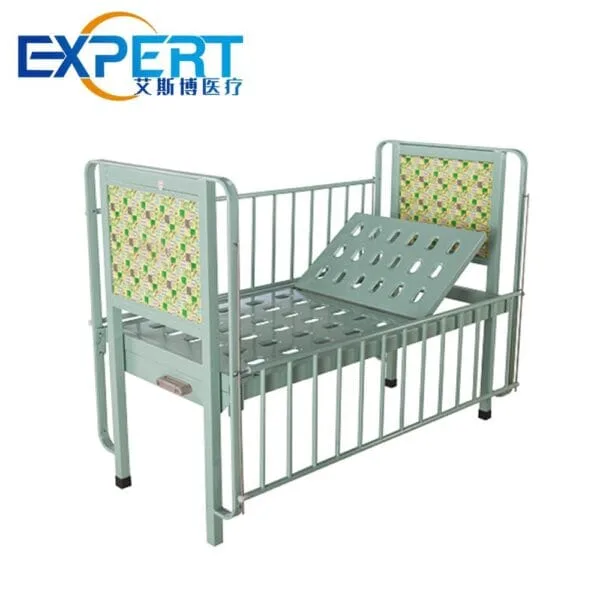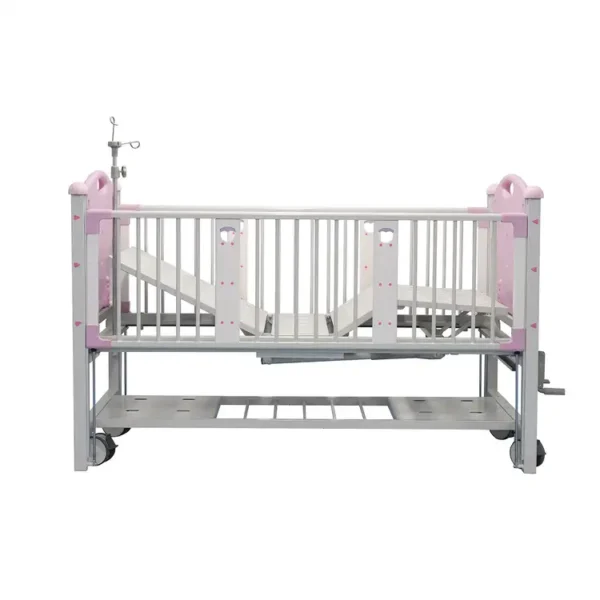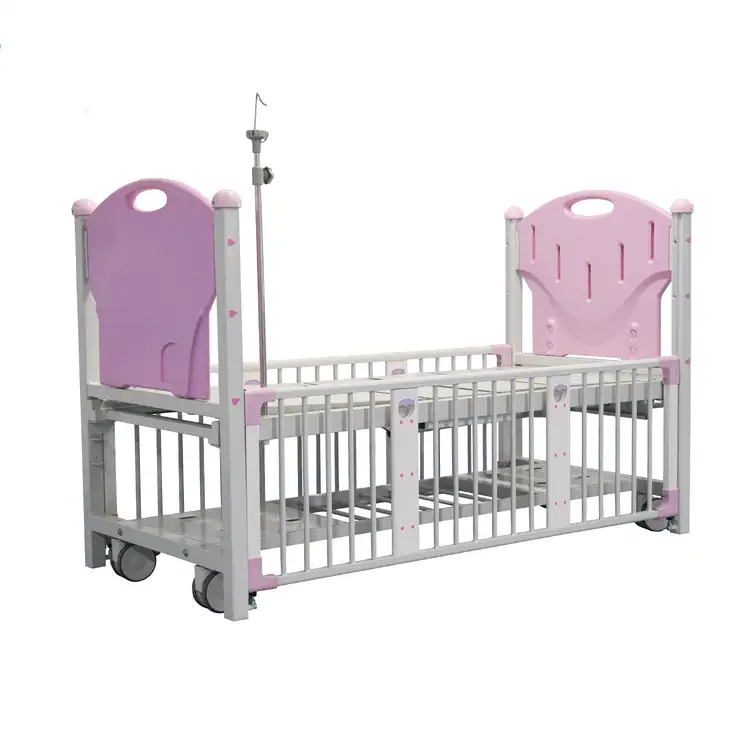عنوان
304 شارع الكاردينال الشمالي
مركز دورتشستر ، ماساتشوستس 02124
ساعات العمل
من الاثنين إلى الجمعة: 7 صباحًا - 7 مساءً
عطلة نهاية الأسبوع: 10 صباحًا - 5 مساءً
مرحباً بكم في مدونتي!
قبل أن نتعمق في المحتوى، إذا كنت مهتمًا بمنتجاتنا أو لديك أي أسئلة، فلا تتردد في زيارة موقعنا اتصل بنا صفحة على موقعنا الإلكتروني. فريقنا جاهز لمساعدتك في أي استفسارات أو طلبات أو أي دعم قد تحتاجه.
لنبدأ رحلتنا معًا. آمل أن تجدوا هذا المحتوى ثريًا وجذابًا وقيّمًا.

تم تصميم أسرة الأطفال الطبية لتلبية الاحتياجات المحددة للأطفال في أماكن الرعاية الصحية. وهي عادةً ما تكون أصغر حجمًا من أسرّة البالغين وتتميز بميزات تساعد على ضمان سلامة وراحة المرضى الصغار.
تتوفر أنواع عديدة من أسرّة الأطفال الطبية، كل منها مصمم لغرض محدد. من بين الأنواع الشائعة:
تختلف الأحجام القياسية لأسرّة الأطفال الطبية باختلاف نوع السرير وعمر الطفل. يوضح الجدول التالي لمحة عامة عن الأحجام القياسية لأسرّة الأطفال الطبية:
| نوع السرير | الفئة العمرية | الحجم القياسي |
|---|---|---|
| سرير | 0-3 سنوات | 52 بوصة طولًا × 27 بوصة عرضًا |
| سرير للأطفال الأكبر سنًا | 3-12 سنة | 60 بوصة طولًا × 36 بوصة عرضًا |
| سرير خاص | يختلف | يختلف |
تتميز أسرّة الأطفال الطبية بالعديد من الميزات المصممة لضمان سلامة وراحة المرضى الصغار. ومن بين الميزات الشائعة لأسرة الأطفال:


تُعدّ أسرّة الأطفال الطبية جزءًا أساسيًا من الرعاية الصحية للأطفال. فهي توفر بيئة آمنة ومريحة وداعمة تُساعد الأطفال على الشفاء والنوم بشكل أفضل والشعور بتحسن عام.
تُعدّ أسرّة الأطفال الطبية جزءًا أساسيًا من الرعاية الصحية للأطفال. فهي توفر بيئة آمنة ومريحة للمرضى الصغار، وتُساعد على تحسين عملية الشفاء.
ما هي أنواع مختلفة من أسرة طبية للأطفال?
تتوفر أنواع عديدة من أسرّة الأطفال الطبية، كل منها مصمم لغرض محدد. من بين الأنواع الشائعة أسرّة الأطفال، وأسرة الأطفال الأكبر سنًا، والأسرة المتخصصة.
ما هي الأحجام القياسية لأسرة طب الأطفال؟
تختلف الأحجام القياسية لأسرّة الأطفال الطبية باختلاف نوع السرير وعمر الطفل. ويوضح الجدول أعلاه لمحة عامة عن الأحجام القياسية لأسرّة الأطفال.
ما هي مميزات أسرة طب الأطفال؟
تتميز أسرّة الأطفال الطبية بالعديد من الميزات المصممة لضمان سلامة وراحة المرضى الصغار. من بين الميزات الشائعة لهذه الأسرّة ارتفاعها القابل للتعديل، وقضبانها الجانبية القابلة للتعديل، ومرتبة قابلة للرفع والخفض، وجهاز تلفزيون أو نظام ترفيهي مدمج.
ما هي فوائد أسرة طب الأطفال؟
تُقدّم أسرّة الأطفال الطبية العديد من المزايا للأطفال في مرافق الرعاية الصحية، بما في ذلك تحسين السلامة والراحة والشفاء.
كيفية اختيار السرير الطبي المناسب للأطفال؟
عند اختيار سرير طبي للأطفال، من المهم مراعاة احتياجات الطفل وبيئة الرعاية الصحية. من بين العوامل التي يجب مراعاتها عمر الطفل، ونوع حالته الصحية، ومواصفات السرير.
